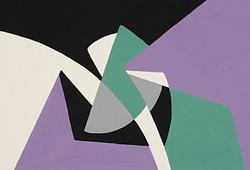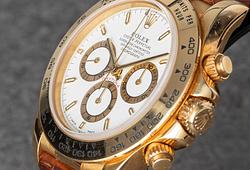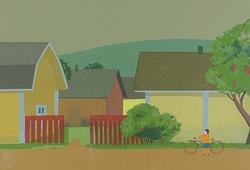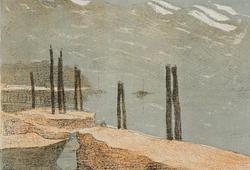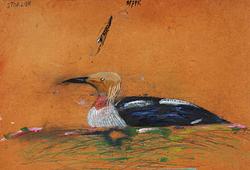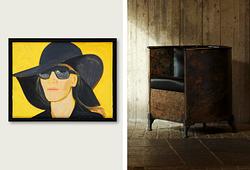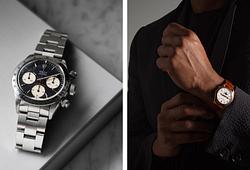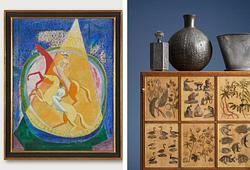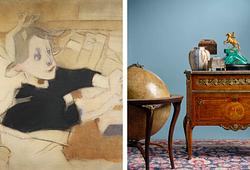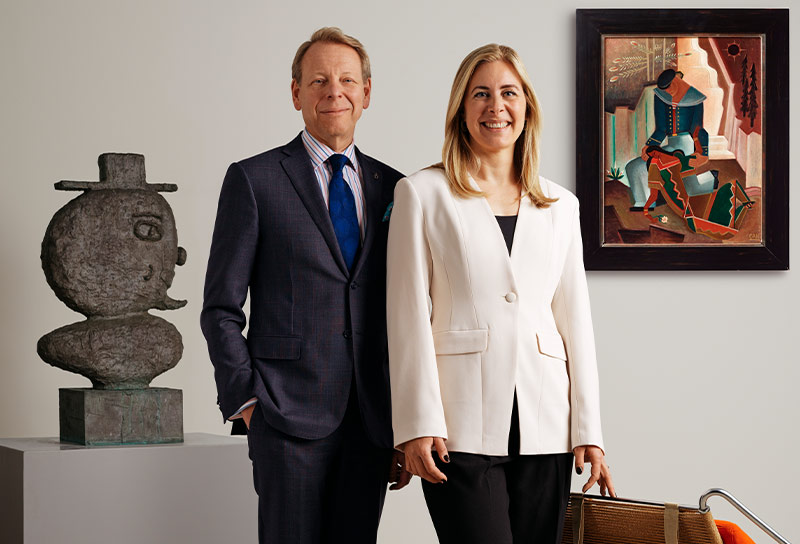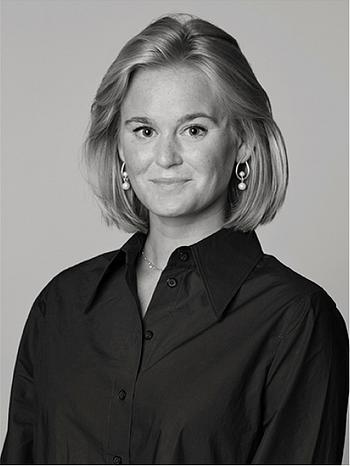Modern Art & Design presents Olle Bærtling
Olle Bærtling, "DENE"
Bukowskis presents the work "DENE" by Olle Bærtling at the upcoming auction Modern Art & Design – the leading auction for modern art and design in the Nordics.
Olle Baertling was an eccentric but also an innovator in both Swedish and international art. The large number of exhibitions around the world that Baertling participated in over the years testifies to the fact that he managed to make a name for himself abroad even during his lifetime. It wasn't until the 1960s that Baertling truly began to gain recognition in his homeland, Sweden. At that time, he also collaborated on major projects with leading architects of the era—for example, with Peter Celsing on Kulturhuset (The House of Culture) and David Helldén in Hötorgscity and Frescati.
After beginning to paint in a figurative style in the 1930s, alongside his work as a bank clerk, he went to Paris in 1948 and studied there with André Lhote and Fernand Léger. Baertling maintained good connections in Paris and soon became part of the circle around gallerist Denise René. After 1950, Baertling completely abandoned representational painting to devote himself instead to concrete art. It was also during the 1950s that he found his style, which he would continue to develop for the rest of his life. Eventually, Baertling came to call his compositional system "open form."


The definition of open form is that each part of the composition extends to the edge of the frame. The black diagonals thus create free color fields, which—through the viewer's perception—can continue beyond the surface of the painting and create an illusion of movement. Ideally, Baertling believed that the works should be hung without a frame or with a transparent plastic edge, so that the effect would be even clearer. The surfaces can be seen as background or foreground, depending on the viewer’s free interpretation. The non-representational nature of the painting was further enhanced by his choice of colors. He deliberately mixed colors so that they would not be associated with anything representational. Blue was not to resemble water or sky, green was not to resemble grass, and so on. The lines are always black—according to Baertling, black was the most abstract color, and his entire art was built upon it. The energy of the color fields never crosses the black lines; instead, it bounces back.
The painting "DENE" is monumental, and with its powerful expression, it can fill almost any space. Five black lines divide the image surface into six fields, each painted in one of Baertling's special color shades. The painting is dominated by a large green color field, contrasted with two violet fields. The violet color had entered Baertling's painting a few years earlier, but initially in a much lighter tone. Over time, the color darkened more and more. Baertling considered violet to be one of the most important colors. According to him, it brought increased speed, greater monumentality, and a more deliberate control of the black lines.

The work will be sold at Modern Art & Design
Estimate: 1 000 000 – 1 200 000 SEK
Viewing: May 14–19, Berzelii Park 1, Stockholm
Open May 14 12 PM–6 PM, weekdays 11 AM–6 PM, weekends 11 AM–4 PM
Live auction: May 20–21, Arsenalsgatan 2, Stockholm
Read more about Modern Art & Design
All works by Olle Bærtling at Modern Art & Design
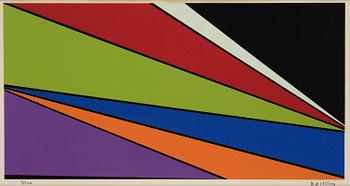
Vasarahinta
34 000 SEK
Lähtöhinta
40 000 - 50 000 SEK

Vasarahinta
24 000 SEK
Lähtöhinta
18 000 - 20 000 SEK

Vasarahinta
12 000 SEK
Lähtöhinta
12 000 - 15 000 SEK
Requests & condition reports Contact specialist
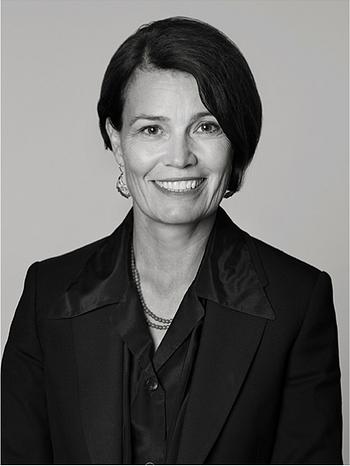
Tukholma
Lena Rydén
Johtava taideasiantuntija, moderni- ja 1800-luvun taide
+46 (0)707 78 35 71
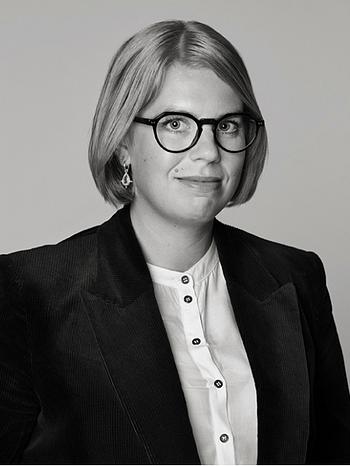
Tukholma
Amanda Wahrgren
Asiantuntija, moderni taite ja grafiikka
+46 (0)702 53 14 89




